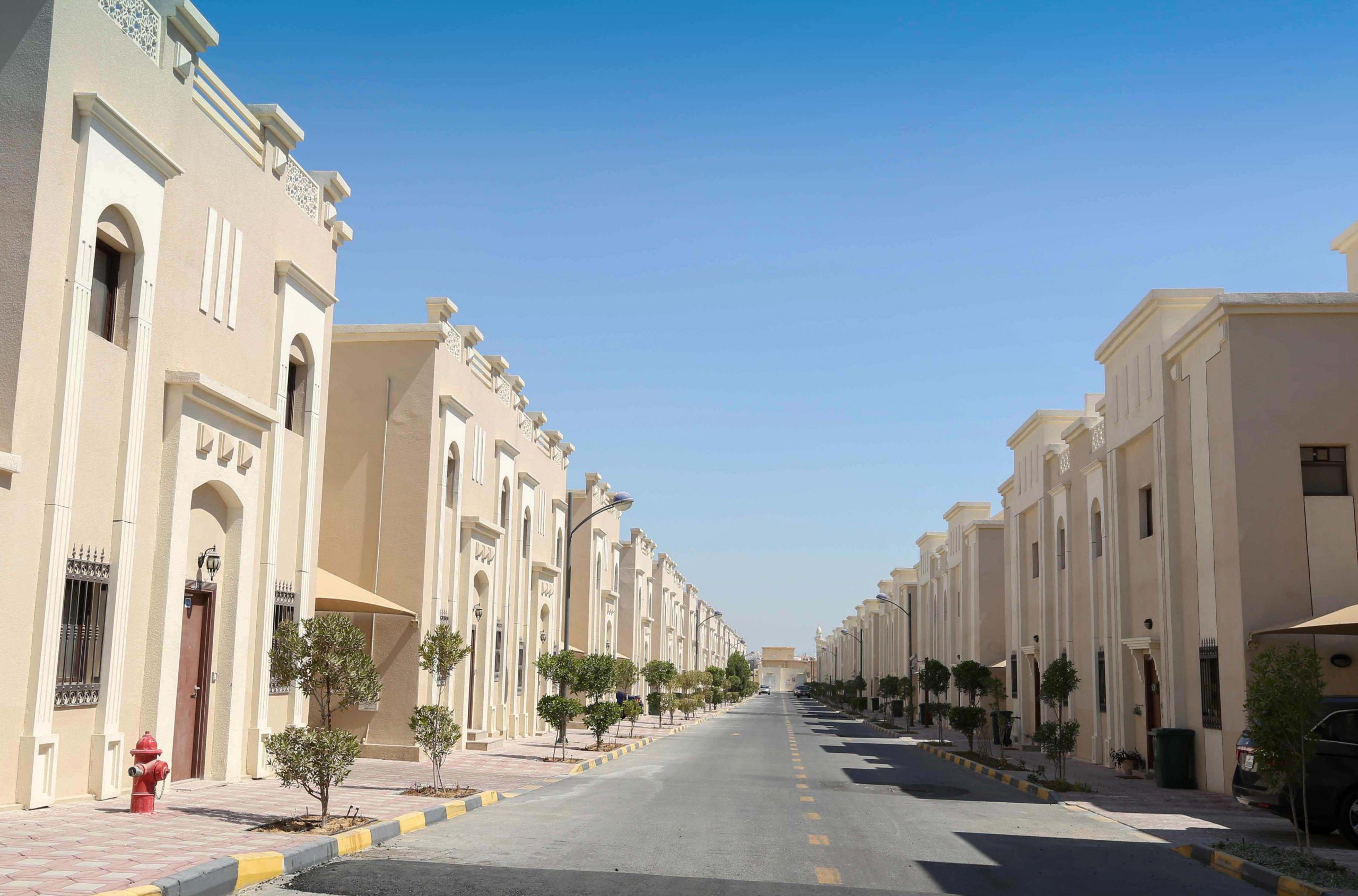
As demand for housing in Qatar begins to fall, the average cost of renting a home here has dropped for the first time since 2013, new government data shows.
The decline between March and April was small – only 0.1 percent, according to the Ministry of Development Planning and Statistics’ (MDPS) monthly consumer price index report – and could be easily erased if costs climb this month.
And residents are still paying 5.6 percent more for residential accommodations and basic utilities such as water and electricity than they were a year ago, MDPS figures show.
But the month-over-month decline in housing expenses is the first in at least 29 months and comes as experts say vacancy rates are creeping up in and around Doha.
Demand has been softening due to layoffs in the energy and health care sectors, among other industries.

At the same time, housing supply is set to increase dramatically this year as several new buildings are completed.
The number of apartments in the Pearl-Qatar, diplomatic district and Lusail City alone are expected to jump by one-third in 2016 to reach 22,000, according to real estate firm DTZ Qatar.
“The changing dynamics in the market suggest that recent signs of falling rents … may continue throughout 2016,” the company said in a report late last month.
Notably, the rent relief is not being evenly spread out to all tenants in Qatar.
In some cases, landlords are asking existing residents for more money but offering lower asking rates for new tenants, DTZ has previously said.
Meanwhile, there is also less pressure on villa landlords to reduce rent because few developers are building new complexes.
Cost of living climbs
Despite the small decline in housing expenses, the cost of living in Qatar is still going up.
The year-over-year inflation rate inched up to 3.4 percent in April, compared to 3.3 percent a month earlier.

That’s the highest rate since September 2014.
The increase was driven in large part by higher prices for recreational and cultural activities, as well as higher education costs compared to last year.
That was partially offset by lower prices for food and health expenses.
Prices have increased faster this year than economic experts predicted in late 2015.
The average forecast in a government poll of 17 financial institutions was that Qatar’s inflation rate would hover around 2.8 percent in 2016 and accelerate further to 3.1 percent next year.
Thoughts?







